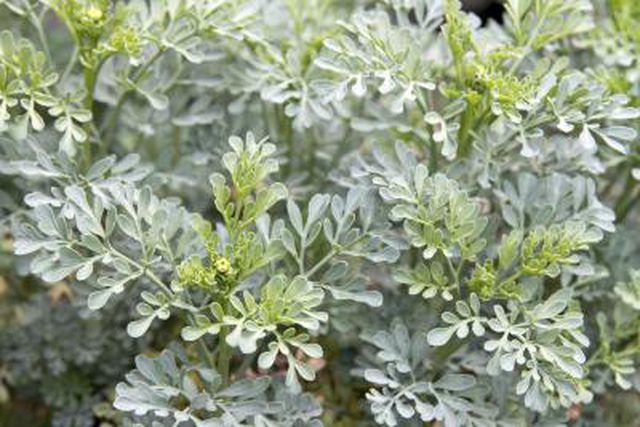Bulbs
Flower Basics
Flower Beds & Specialty Gardens
Flower Garden
Garden Furniture
Garden Gnomes
Garden Seeds
Garden Sheds
Garden Statues
Garden Tools & Supplies
Gardening Basics
Green & Organic
Groundcovers & Vines
Growing Annuals
Growing Basil
Growing Beans
Growing Berries
Growing Blueberries
Growing Cactus
Growing Corn
Growing Cotton
Growing Edibles
Growing Flowers
Growing Garlic
Growing Grapes
Growing Grass
Growing Herbs
Growing Jasmine
Growing Mint
Growing Mushrooms
Orchids
Growing Peanuts
Growing Perennials
Growing Plants
Growing Rosemary
Growing Roses
Growing Strawberries
Growing Sunflowers
Growing Thyme
Growing Tomatoes
Growing Tulips
Growing Vegetables
Herb Basics
Herb Garden
Indoor Growing
Landscaping Basics
Landscaping Patios
Landscaping Plants
Landscaping Shrubs
Landscaping Trees
Landscaping Walks & Pathways
Lawn Basics
Lawn Maintenance
Lawn Mowers
Lawn Ornaments
Lawn Planting
Lawn Tools
Outdoor Growing
Overall Landscape Planning
Pests, Weeds & Problems
Plant Basics
Rock Garden
Rose Garden
Shrubs
Soil
Specialty Gardens
Trees
Vegetable Garden
Yard Maintenance
What Are Rue Plants Used for?
What Are Rue Plants Used for?. Evergreen rue (Ruta graveolens) thrives in hot, sunny beds, where it requires almost no maintenance and rarely suffers from pests or diseases. Rue grows in U.S. Department of Agriculture plant hardiness zones 4 through 8. Although it's often classified as an herb, it serves many uses in the garden and can fit into a...

Evergreen rue (Ruta graveolens) thrives in hot, sunny beds, where it requires almost no maintenance and rarely suffers from pests or diseases. Rue grows in U.S. Department of Agriculture plant hardiness zones 4 through 8. Although it's often classified as an herb, it serves many uses in the garden and can fit into a variety of garden bed designs. Rue causes allergic skin reactions in some people and just brushing past the plant can create blisters. Wear gloves when handling the plant.
Herb Gardens
Traditionally rue is used in herb gardens, although it's not typically used as a kitchen herb. The leaves have a bitter flavor and are toxic in large quantities, but it is sometimes mixed into dips or served in small quantities in salads for those that enjoy the musky flavor. The foliage can cause skin irritation for some people. It does provide evergreen foliage interest so the herb garden appears lush in all seasons. The strong-smelling foliage also helps repel insects, which makes it a useful companion to herbs that tend to attract pests.
Cutting Garden
Some varieties of rue have highly ornamental leaves suitable for use in cut flower arrangements, which makes rue a useful addition in a cut flower garden. For example, the "Variegata" variety features pale green leaves with white splotches and "Jackman's Blue" has deep blue-green leaves. The evergreen growth of these plants ensures you have year-round greenery to add to your seasonal arrangements. Interspersing a few different varieties of rue in a cutting garden provides a choice of readily accessible fillers with different colors and textures.
Rock Gardens
Sandy, dry soil that drains quickly is best for rue, so the plant makes a suitable addition to rock gardens and desert plantings. Newly planted rue needs regular watering so the top 6 inches of soil remain moist for the first summer, but once established, it thrives with little water. Rue grows up to 3 feet tall so it works well as a specimen or anchor plant in a smaller garden bed.
Borders and Hedges
Rue tolerates heavy pruning so you can trim it into a symmetrical mound and use it to create a low formal border around garden beds or along walkways. Cutting back the old wood to the nearest new growth each spring before growth resumes results in full bushes. The scent of rue repels dogs and other animals, so it can help keep animal pests out of a flower or herb garden when used as a low hedge around a formal or informal bed.